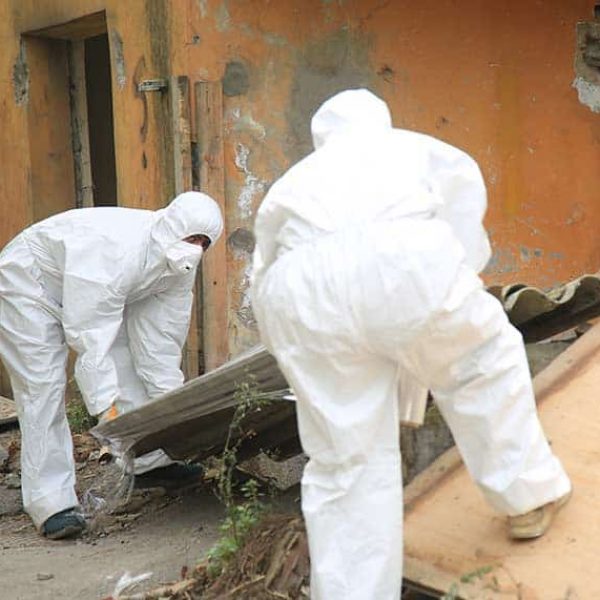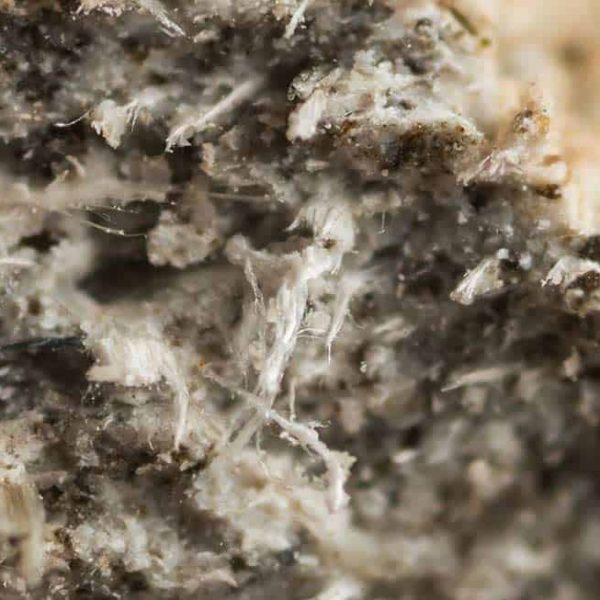Asbestos Information and FAQs


The duty to manage asbestos is a legal requirement under the Control of Asbestos Regulations 2012 (Regulation 4). It applies to the owners and occupiers of ‘non- domestic’ premises (such as shops, offices, industrial units etc) who have responsibility for maintenance and repair activities.
FAQs
Here are some frequently asked questions about asbestos and asbestos removal
Asbestos is responsible for over 5000 deaths every year. Younger people, if routinely exposed to asbestos fibres over time, are at greater risk of developing asbestos related disease than older workers.
It can be difficult to identify asbestos, as it is often mixed with other materials. Asbestos was a widely used material within commercial buildings, homes and machinery until 1999, when it was banned. This means that asbestos is common in the general environment. The only sure way to identify asbestos is to arrange for a sample of the material to be analysed in a laboratory. Call 0117 259 1425
You should stop work immediately, confirm what it is or assume it is asbestos and carry out a risk assessment. You should only carry out non-licensed work on asbestos if you have had the appropriate information, instruction and training. Call 0117 259 1425
The duty to manage asbestos is a legal requirement under the Control of Asbestos Regulations 2012 (Regulation 4). It applies to the owners and occupiers of ‘non- domestic’ premises (such as shops, offices, industrial units etc) who have responsibility for maintenance and repair activities. In addition to these responsibilities, they also have a duty to assess the presence and condition of any asbestos-containing materials. If asbestos is present, or is presumed to be present, then it must be managed appropriately. The duty also applies to the shared parts of some domestic premises and some ‘residential’ buildings such as bed and breakfast accommodation, hotels, hostels etc.
An asbestos survey is an effective way to help you manage asbestos in your premises by providing accurate information about the location, amount and type of any asbestos- containing materials (ACMs). The survey will usually involve sampling and analysis to determine the presence of asbestos so asbestos surveys should only be carried out by competent surveyors who can clearly demonstrate they have the necessary skills, experience and qualifications. Call 0117 259 1425
There are some asbestos removal tasks, involving lower risk asbestos-containing materials that do not require a licence. This is because any exposure to asbestos fibres from this type of work is not expected to present a significant risk, provided that the correct precautions are taken. Call 0117 259 1425
Asbestos waste must be placed in suitable packaging to prevent any fibres being released. This should be double wrapped and appropriately labelled. Standard practice is to use a red inner bag – marked up with asbestos warning labels – and a clear outer bag with appropriate hazard markings. Intact asbestos cement sheets and textured coatings that are firmly attached to a board should not be broken up into smaller pieces. These should instead be carefully double wrapped in suitable polythene sheeting (1000 gauge) and labelled. Asbestos waste should only be handled by a licensed disposal site. It also needs to be transported to these sites in suitable containers that prevent the release of any asbestos fibres while in transit. Call 0117 259 1425
